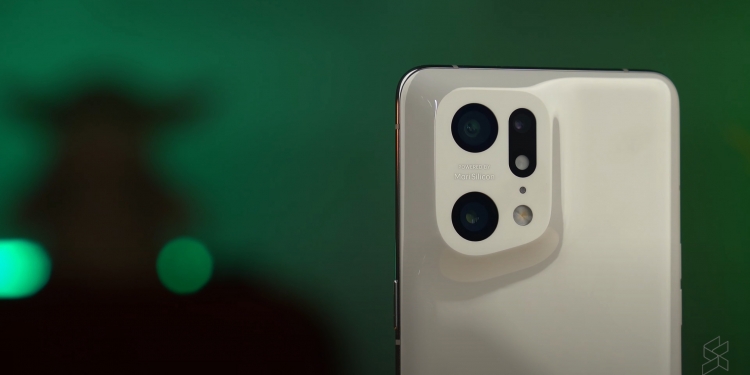We recently got the opportunity to teardown the new Oppo Find X5 Pro to get a closer look at the hardware components that make up this flagship device. There are components that the average consumer will never see, but only experience the results when using the phone.
Here are six cool things we found on the Oppo Find X5 Pro.
Ceramic unibody back panel
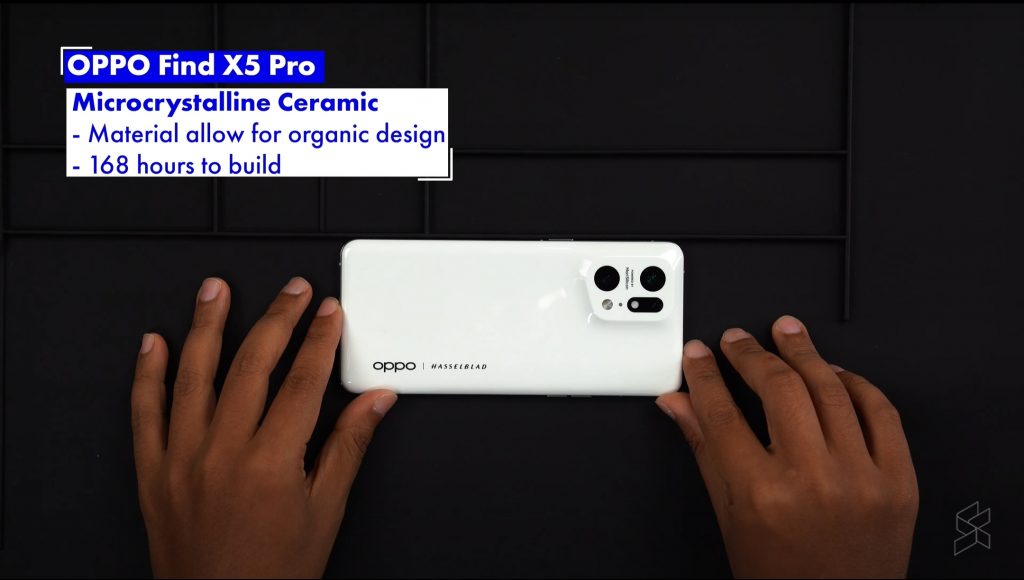
Ceramic is a rare choice of material for the construction of a smartphone and there are only a handful of smartphones that have a ceramic back panel. The reason is that ceramic is a very difficult material to machine and work with. However, ceramic does have superior properties compared to glass, while being more visually appealing.
The Find X5 Pro uses a microcrystalline ceramic compound that is calcined at 1000-degrees Celsius. To then produce the back panel with smooth curves and no sharp edges was another challenge for Oppo engineers. They designed a whole new process with over 2,000 individual control points and used a four-axis polishing machine using micron-level diamond powder to achieve the final design of the Find X5 Pro.
According to Oppo, it took them a total of 45 processes and 168 hours to create the rear panel of the Find X5 Pro. The curves around the camera bump create the look that the rear panel is a single-piece when compared to other smartphones where it looks like the camera bump is stuck on afterwards.
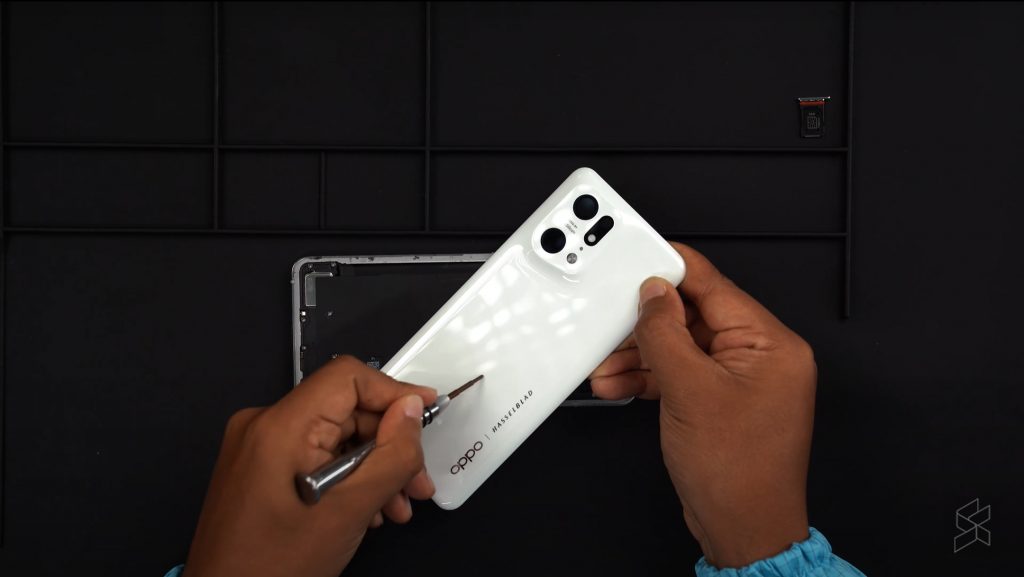
Other than the looks, the microcrystalline ceramic is two times harder than glass making it more resistant to scratch and drops. What this means is, that if you ever need to open the rear panel by yourself, it won’t shatter like glass if you accidentally yank too hard.
But more than that, Oppo’s microcrystalline ceramic has double the thermal conductivity of glass, providing a better heat dissipation.
Wireless charging that’s faster than most wired charging
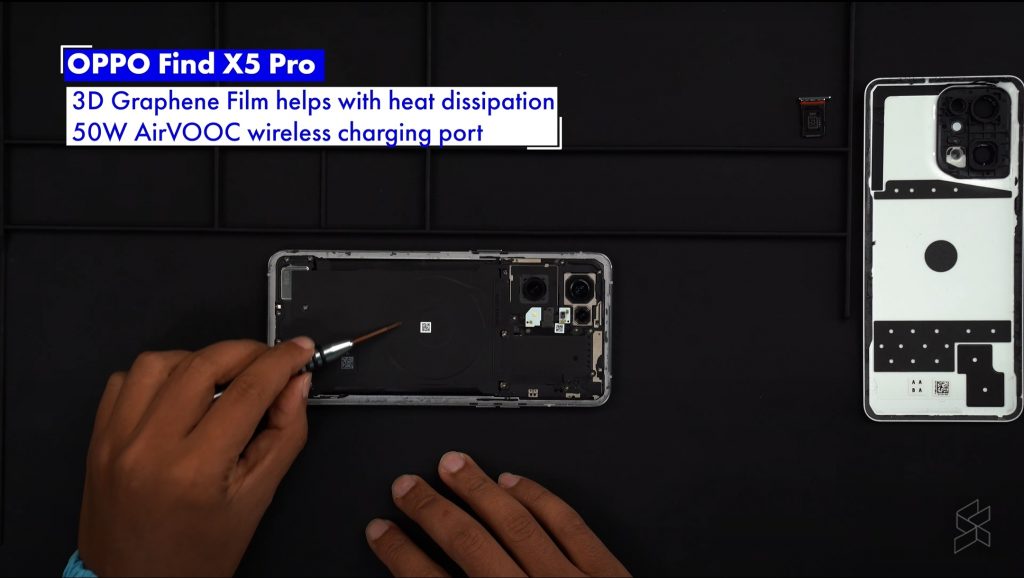
The Find X5 Pro is capable of wirelessly charging at 50W via Oppo’s AirVOOC charging which takes around 47 minutes to get a full charge. For comparison, the Samsung Galaxy S22 Ultra charges at 45W on a wired charger which takes around one hour to get a full charge.
A camera system that is stabilised on 5-axis
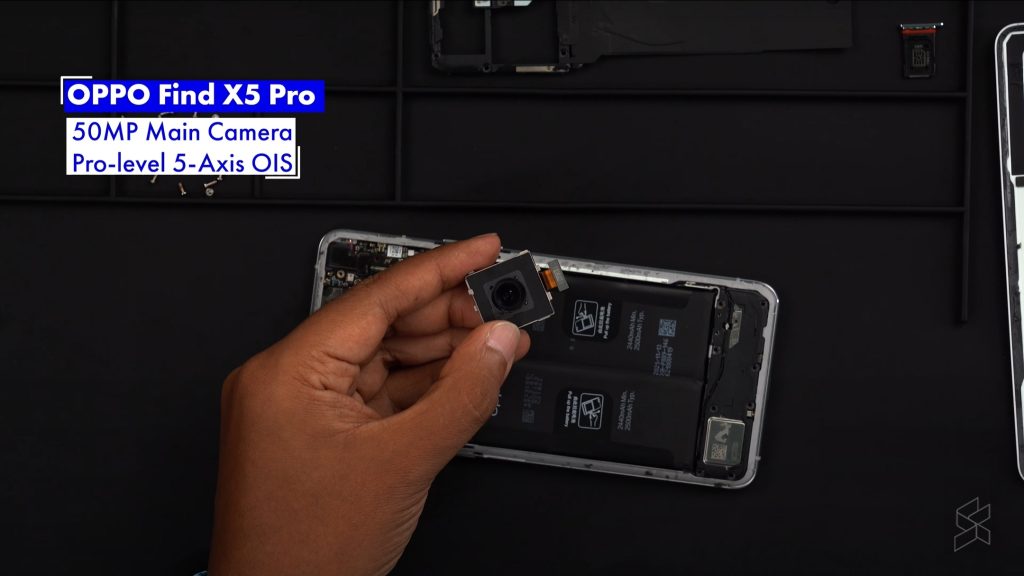
The primary 50MP wide-angle camera uses a Sony IMX 766 sensor and is equipped with a 5-axis optical image stabilisation.
Starting with the camera lens that features 2-axis optical image stabilisation which allows movement on the horizontal and vertical axis. Additionally, the image sensor provides another 3-axis of movement. So, the sensor can shift on the horizontal and vertical axis, as well as rotation movement by a couple of degrees.
Working together, the system provides up to 3 degrees of anti-shake compensation to produce a steady shot when your hands are not steady.
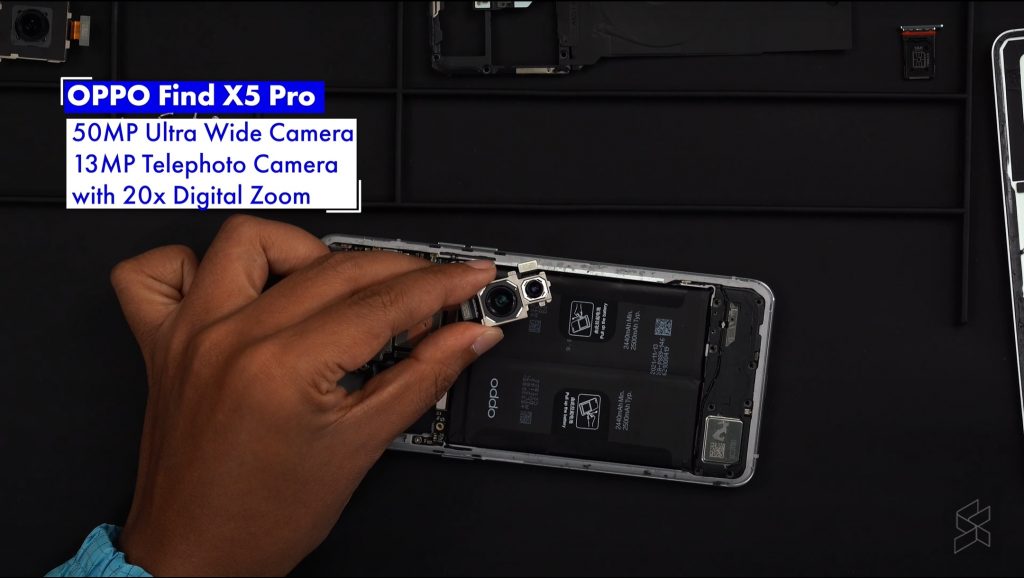
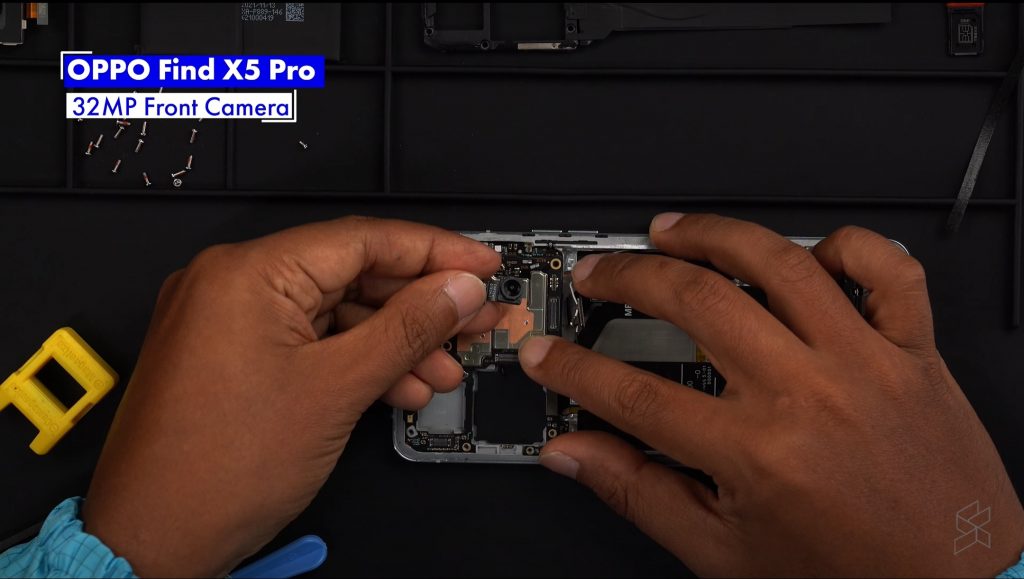
There is also another 50MP Sony IMX 766 camera for ultra-wide-angle shots and a 13MP telephoto camera with 20 times digital zoom that can be taken out as a single module. Finally, handling selfie duty is a 32MP front camera located in a punch hole cut-out.
Battery uses dual-cell architecture for faster charging
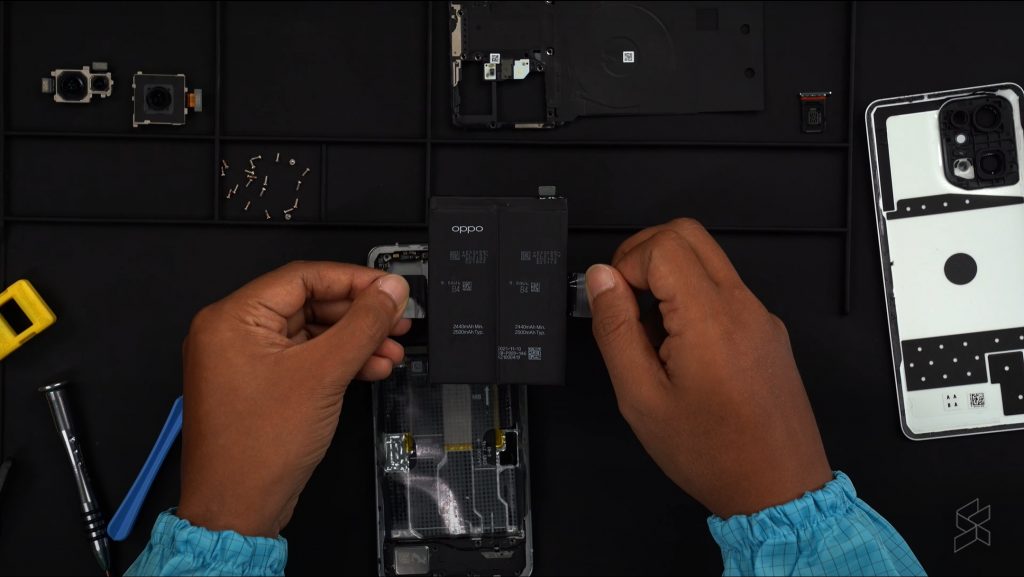
To enable the 80W wired SuperVOOC charging, the Oppo Find X5 Pro utilises a dual-cell battery architecture. So, its 5,000mAh battery is split into two 2,500mAh cells connected in a series. This means the two batteries charge at a lower 40W each, reducing the amount of heat generated.
Moreover, it is faster to charge two small capacity batteries compared to a single, 5,000 mAh capacity. As a result, it takes 35 minutes for the Find X5 Pro to charge from empty to 100%.
Multiple cooling systems for heat management
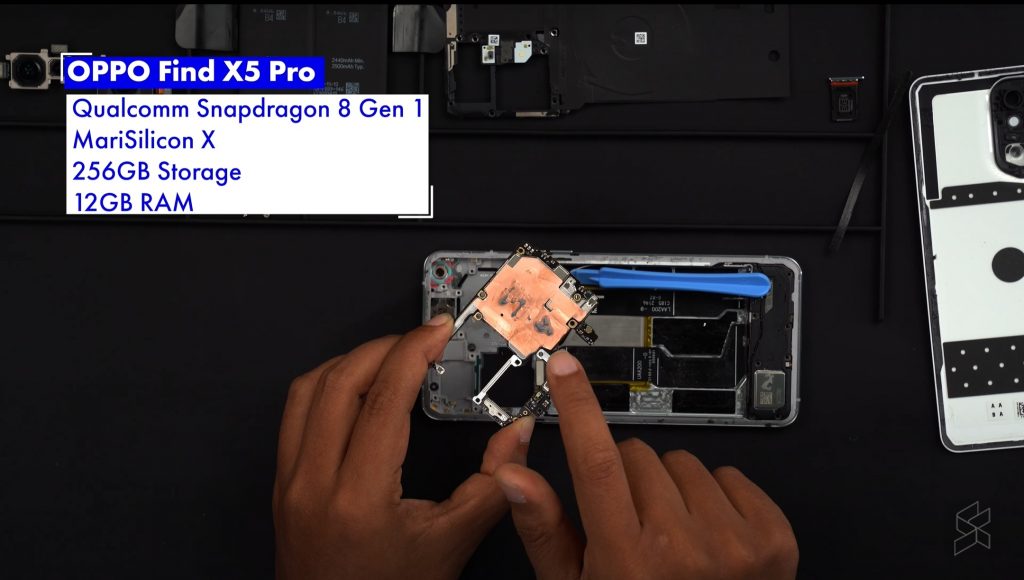
Under the hood of the Oppo Find X5 Pro, there is a Qualcomm Snapdragon 8 Gen 1 with 12GB of LPDDR5 RAM and 256GB of UFS 3.1 storage producing a lot of heat. There is also the battery that gets hots when charging. Oppo uses a vapour chamber cooling system to keep both these components cool.
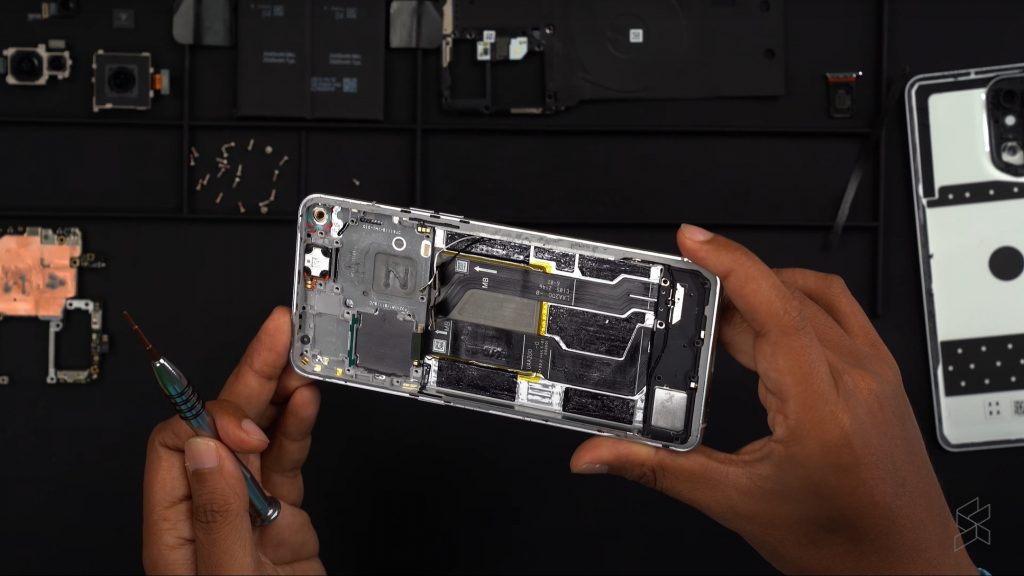
For other components that produce less heat by comparison like the motherboard and wireless charging coil, they are covered with a 3D graphene film to help dissipate the heat. The display on the other hand is covered with an ultra-thin layer of graphite to remove heat generated when running at a high refresh rate of 120Hz.
Dedicated processor for computational imaging
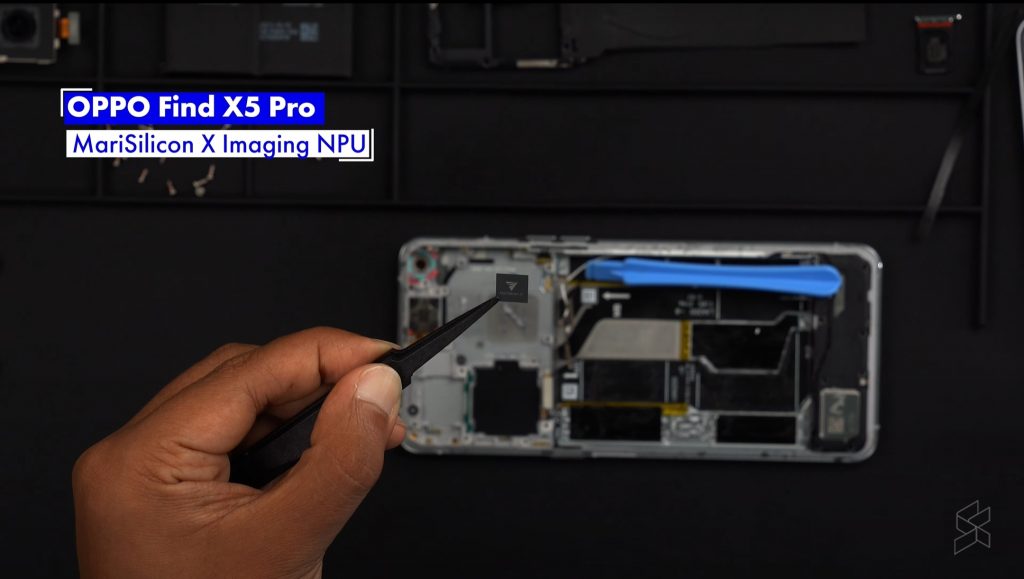
With the Find X5 Pro, Oppo debuts its first 6nm self-developed neural processing unit (NPU) called MariSilicon X. Its sole purpose is to process photos and videos, thus allowing for better performance and quality. Integrated into the MariSilicon X processor are the NPU, an image signal processor and dedicated fast memory up to 8.5GB/s.
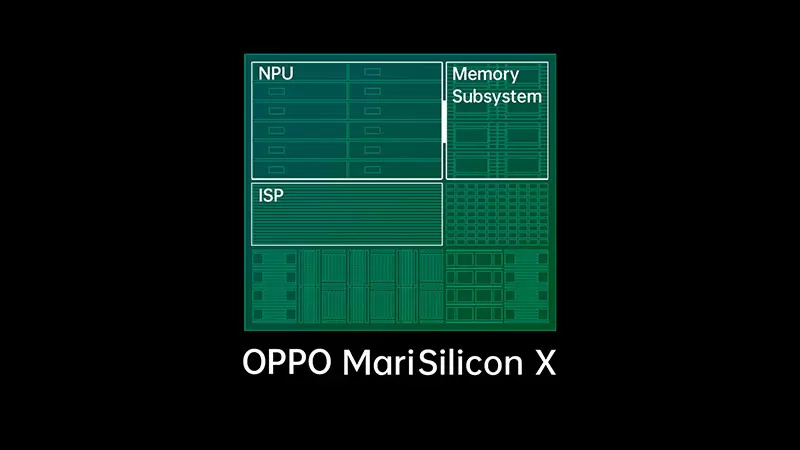
With this processor, the Find X5 Pro can display a live preview of the video with the AI Noise Reduction Algorithm running in real-time. This means that you can get a cleaner and clearer view of the video you are recording, especially at night. For photography, the MariSilicon X provides real-time RAW processing at 4K and 20bit HDR. Despite the computational power on offer, Oppo claims the MariSilicon X processor is also very efficient and easy on battery life.
You can watch Amin doing the teardown of the Oppo Find X5 Pro below.
After that, you can watch Rory’s take on the Oppo Find X5 Pro and why he thinks it doesn’t stand up to the rest of the competition despite offering so many features.

